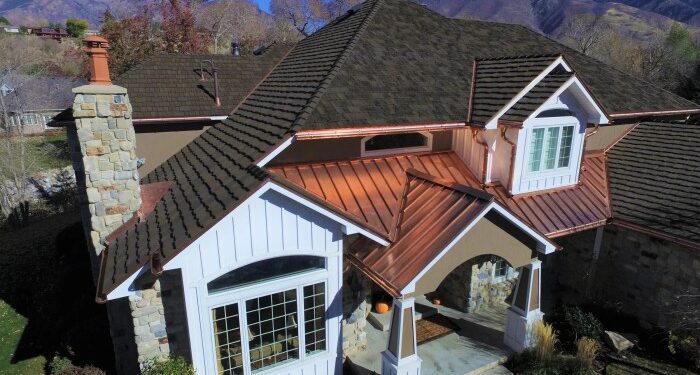Delving into the realm of best roofing and siding, this guide aims to provide a wealth of knowledge in a compelling manner, ensuring an enriching reading experience. From the importance of quality materials to factors influencing decision-making, this passage sets the stage for an insightful exploration.
Exploring various types of roofing and siding materials, as well as installation and maintenance tips, this guide offers a holistic view of how to enhance your home's exterior with the best roofing and siding options available.
Importance of Quality Roofing and Siding
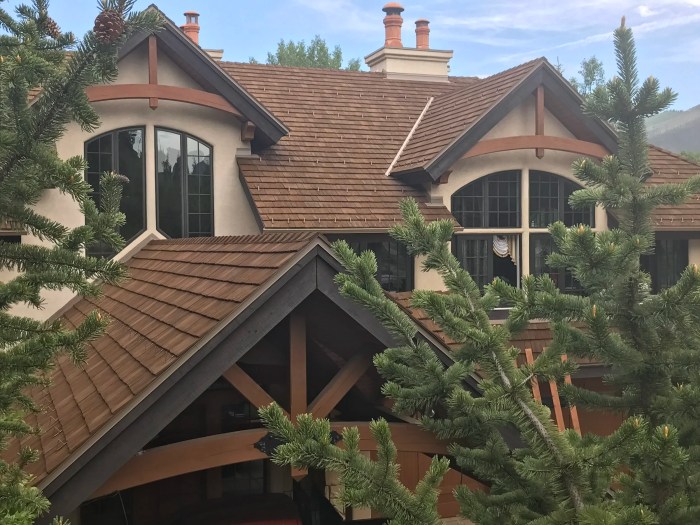
Having the best roofing and siding for a home is crucial for various reasons. Not only do they enhance the overall aesthetics of a property, but they also provide protection against harsh weather conditions.
Enhancing Property Aesthetics
Quality roofing and siding materials can significantly improve the curb appeal of a home. Whether it's choosing a modern color palette or opting for a durable material like cedar shingles, the right choice can elevate the visual appeal of your property.
Protection from Harsh Weather
Durable roofing and siding are essential for safeguarding your home against extreme weather conditions such as heavy rain, strong winds, or snowstorms. Quality materials can prevent water leakage, structural damage, and mold growth, ensuring the longevity of your home.
Types of Roofing and Siding Materials
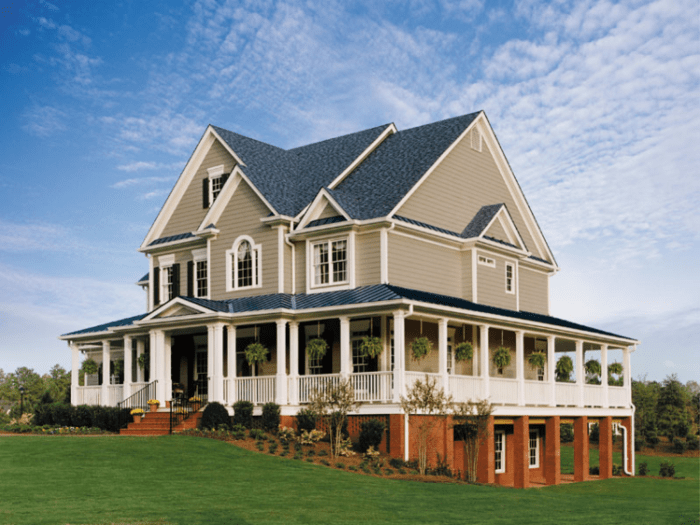
When it comes to roofing and siding, choosing the right materials is essential for the longevity and aesthetics of your home. Let's explore the different types of roofing and siding materials available in the market.
Roofing Materials
Roofing materials play a crucial role in protecting your home from the elements. Here are some common types of roofing materials:
- Asphalt Shingles:
- Pros: Affordable, easy to install, and come in a variety of colors.
- Cons: Less durable compared to other materials and may need frequent maintenance.
- Metal Roofing:
- Pros: Highly durable, energy-efficient, and can last for decades.
- Cons: Higher initial cost but offers long-term savings.
- Tile Roofing:
- Pros: Stylish and durable, with excellent insulation properties.
- Cons: Heavy and may require additional structural support.
- Wood Shingles:
- Pros: Natural look, eco-friendly, and can last for many years when properly maintained.
- Cons: Prone to rot, mold, and insect damage if not cared for regularly.
Siding Materials
Choosing the right siding material is vital for enhancing the curb appeal and protecting your home's exterior. Here are some common types of siding materials:
- Vinyl Siding:
- Pros: Affordable, low maintenance, and available in various colors and styles.
- Cons: Prone to cracking and fading over time.
- Fiber Cement Siding:
- Pros: Durable, fire-resistant, and resistant to rot and insects.
- Cons: Higher initial cost but offers long-term durability.
- Wood Siding:
- Pros: Natural look, eco-friendly, and can be painted or stained in different colors.
- Cons: Requires regular maintenance to prevent rot and insect infestation.
- Brick Siding:
- Pros: Timeless appearance, durable, and low maintenance.
- Cons: Higher initial cost and may require professional installation.
- Pros: Timeless appearance, durable, and low maintenance
Factors to Consider When Choosing Roofing and Siding
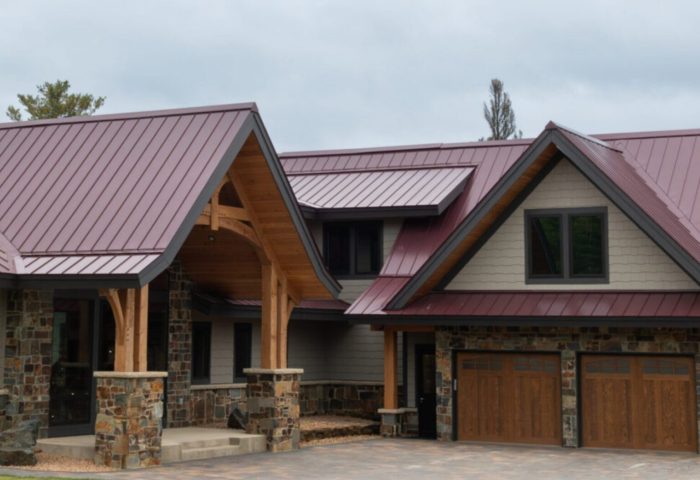
When it comes to selecting roofing and siding materials for your home, there are several key factors that homeowners should consider to ensure they make the best choice for their needs. Factors such as climate, budget, and aesthetics play a crucial role in decision-making.
Let's delve into some important aspects to keep in mind when choosing roofing and siding.
Roofing Materials
- Climate: Consider the climate in your area to choose roofing materials that can withstand the weather conditions, whether it's extreme heat, cold, or heavy rainfall.
- Durability: Opt for roofing materials that are durable and long-lasting to avoid frequent repairs or replacements.
- Energy Efficiency: Look for roofing materials that offer good insulation to help regulate the temperature inside your home and reduce energy costs.
- Maintenance: Consider the maintenance requirements of different roofing materials and choose one that fits your lifestyle and maintenance abilities.
Siding for a House
- Material: Choose siding materials that are suitable for your climate and provide adequate protection against elements like rain, wind, and sunlight.
- Maintenance: Consider the maintenance needs of different siding materials and select one that aligns with your preferences and schedule.
- Aesthetics: Think about the overall look and style you want for your home, as siding plays a significant role in enhancing the curb appeal of your property.
- Budget: Set a budget for your siding project and explore options that not only fit your financial constraints but also offer good quality and longevity.
Installation and Maintenance Tips
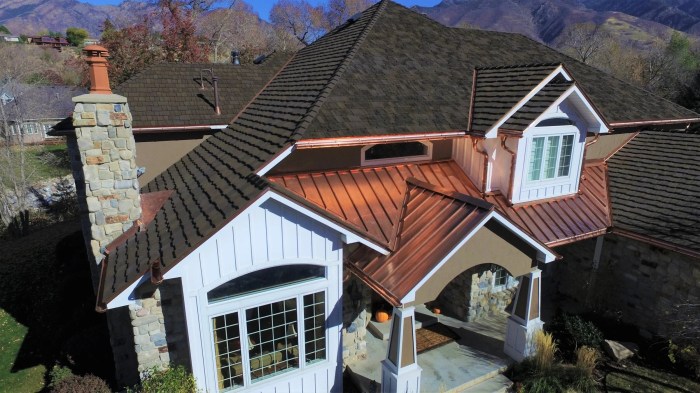
Proper installation and maintenance are crucial for ensuring the longevity and performance of your roofing and siding. By following these guidelines, you can protect your home from potential damage and costly repairs in the future.
Guidelines for Proper Installation
- Ensure that all roofing and siding materials are installed according to manufacturer specifications to guarantee their effectiveness.
- Properly seal all joints and seams to prevent water leaks and infiltration, which can lead to structural damage.
- Use high-quality fasteners and adhesives to secure the materials in place and prevent them from becoming loose or detached during extreme weather conditions.
- Consider hiring professional contractors with experience in installing roofing and siding to ensure the work is done correctly and efficiently.
Maintenance Tips
- Regularly inspect your roofing and siding for any signs of damage, such as cracks, missing shingles, or dents, and promptly address any issues to prevent further deterioration.
- Clean debris, leaves, and moss buildup from your roof and siding to prevent water retention and potential damage over time.
- Trim overhanging branches and vegetation near your home to prevent them from rubbing against or damaging your roofing and siding materials.
- Repaint or reseal your siding as needed to maintain its appearance and protective qualities against the elements.
Importance of Regular Inspections and Repairs
Regular inspections and repairs are essential for identifying potential issues early on and preventing costly damage to your roofing and siding. By addressing minor problems promptly, you can extend the lifespan of your materials and avoid more significant repairs in the future.
End of Discussion
In conclusion, the discussion on best roofing and siding emphasizes the crucial role these elements play in protecting and beautifying a home. With the right materials and considerations in mind, homeowners can ensure a durable and visually appealing exterior for years to come.
FAQ Overview
What role does quality roofing and siding play in a home?
Quality roofing and siding provide essential protection against harsh weather conditions while enhancing the overall aesthetics of the property.
What are some common types of roofing materials?
Common roofing materials include asphalt shingles, metal, tile, and wood, each with its own pros and cons in terms of durability, cost, and maintenance.
How do factors like climate and budget influence the choice of roofing materials?
Climate and budget considerations are crucial when selecting roofing materials, as they impact the material's durability and cost-effectiveness in the long run.
What are some maintenance tips for prolonging the lifespan of roofing and siding?
Regular inspections, timely repairs, and proper maintenance routines can significantly extend the lifespan of roofing and siding materials.

